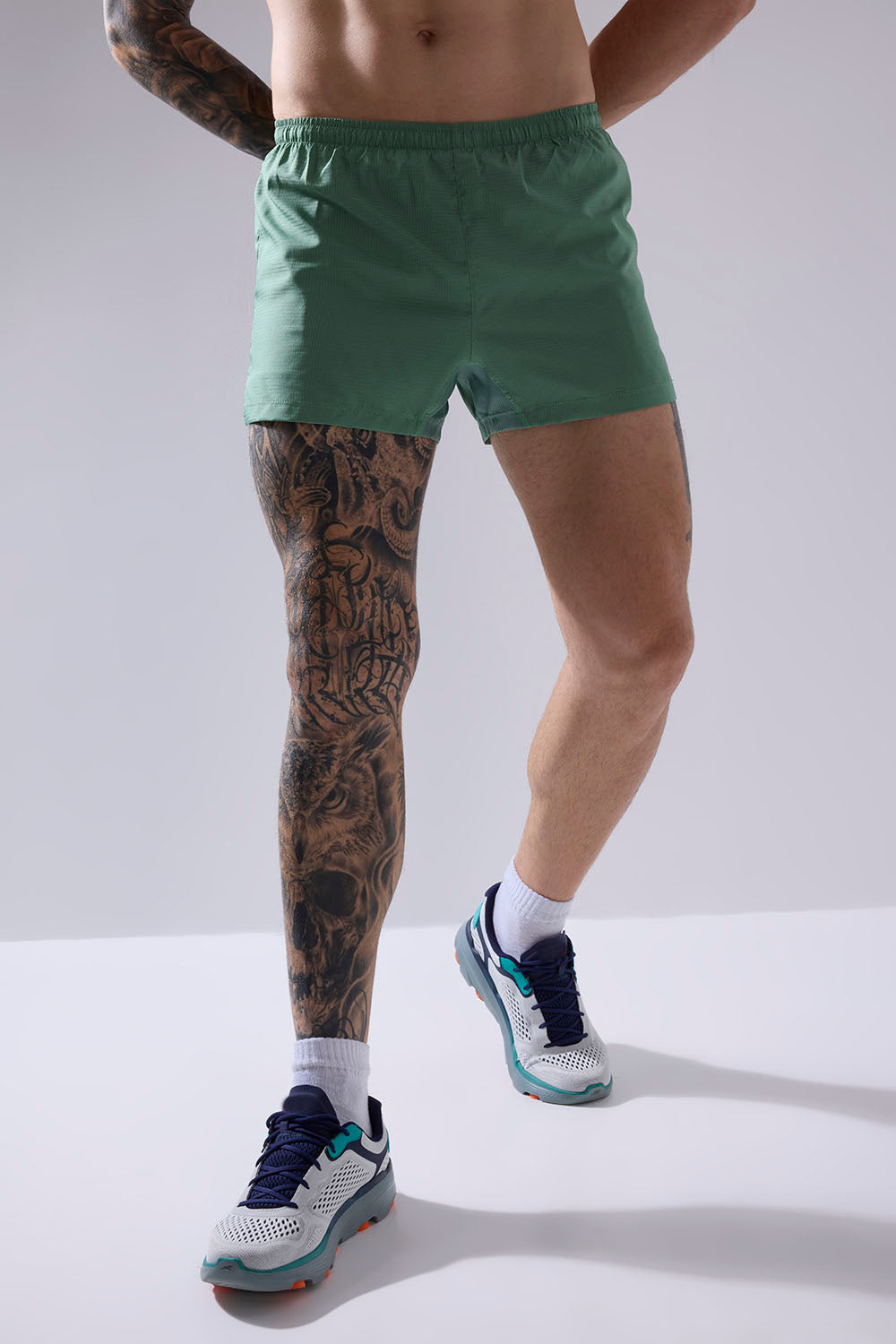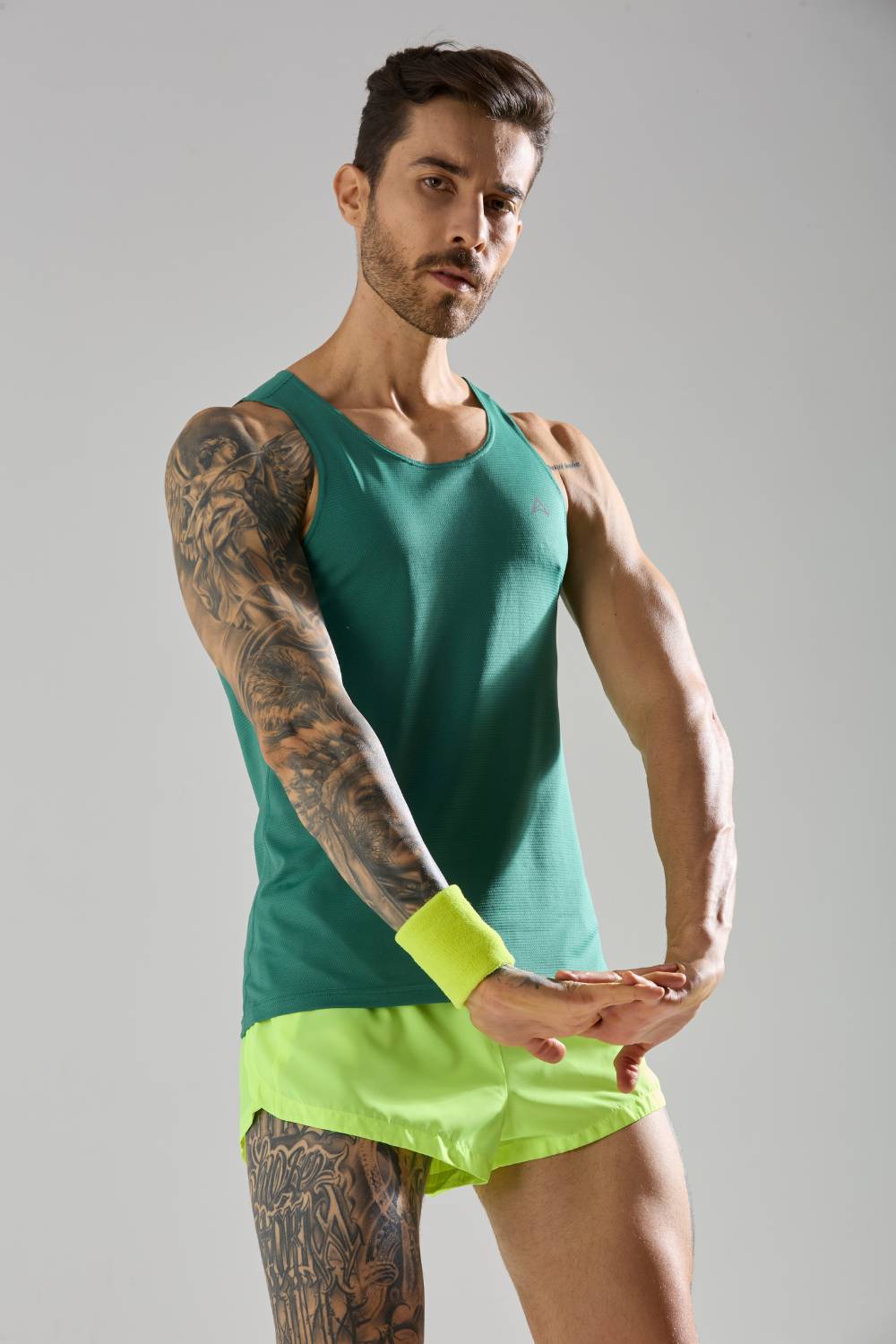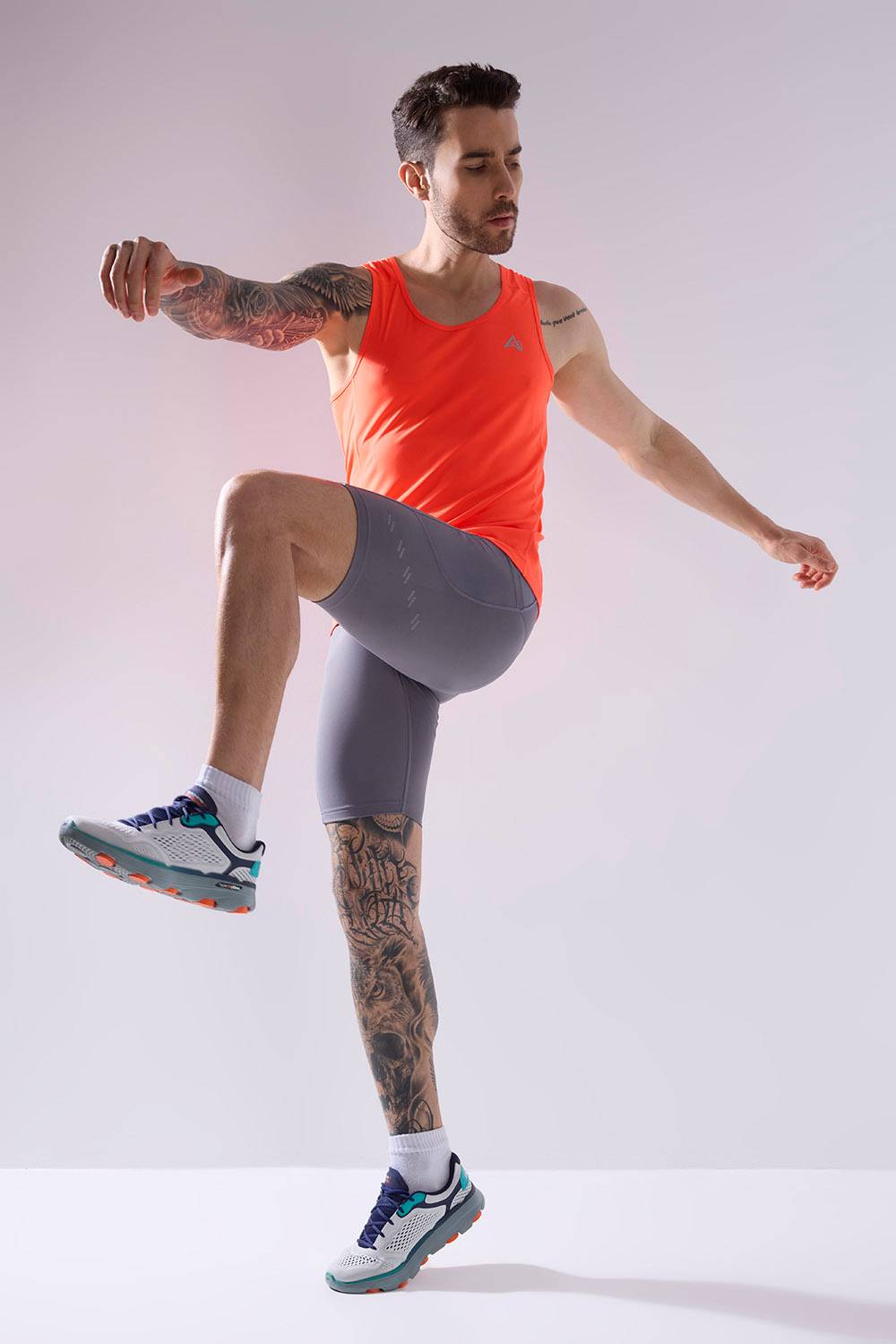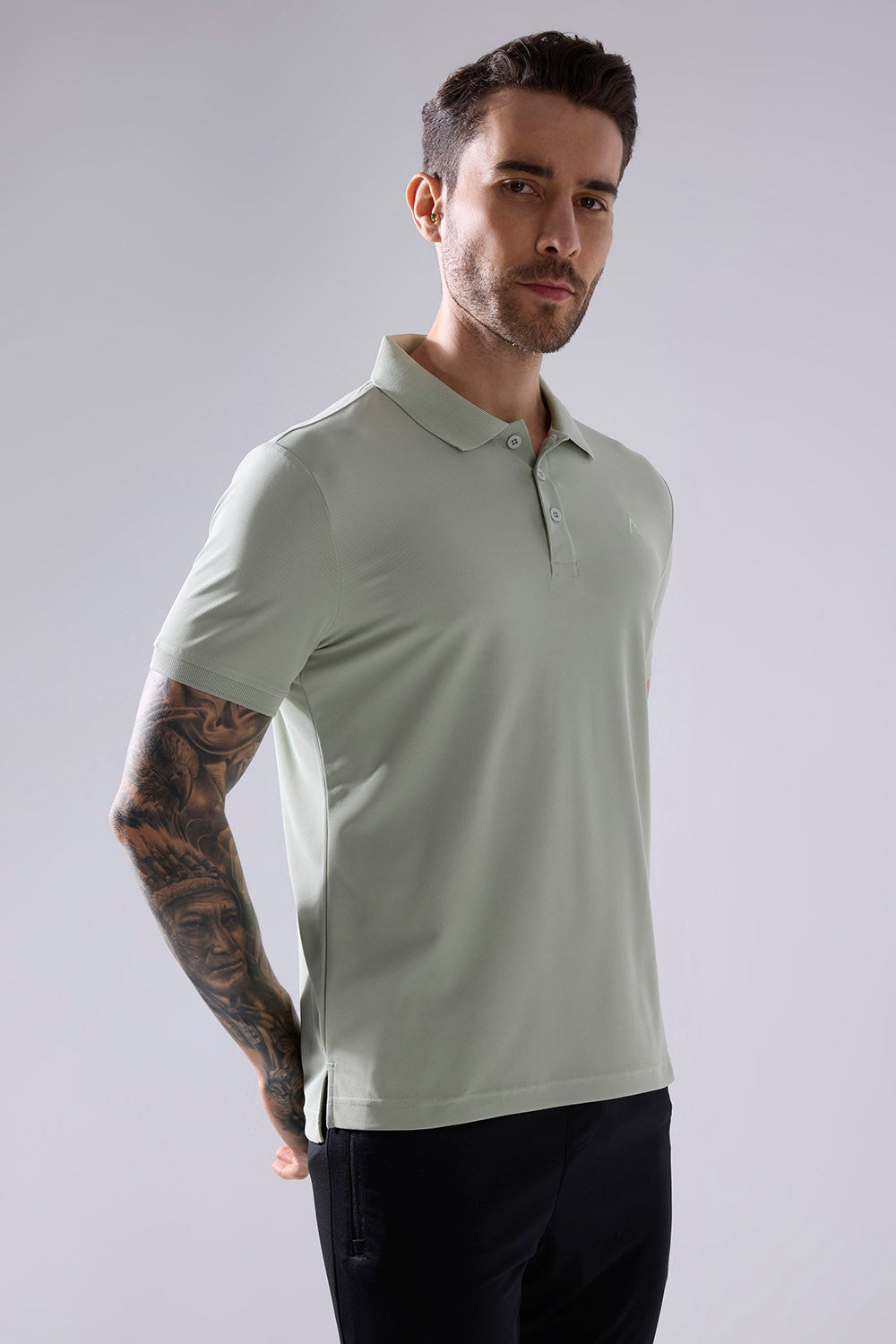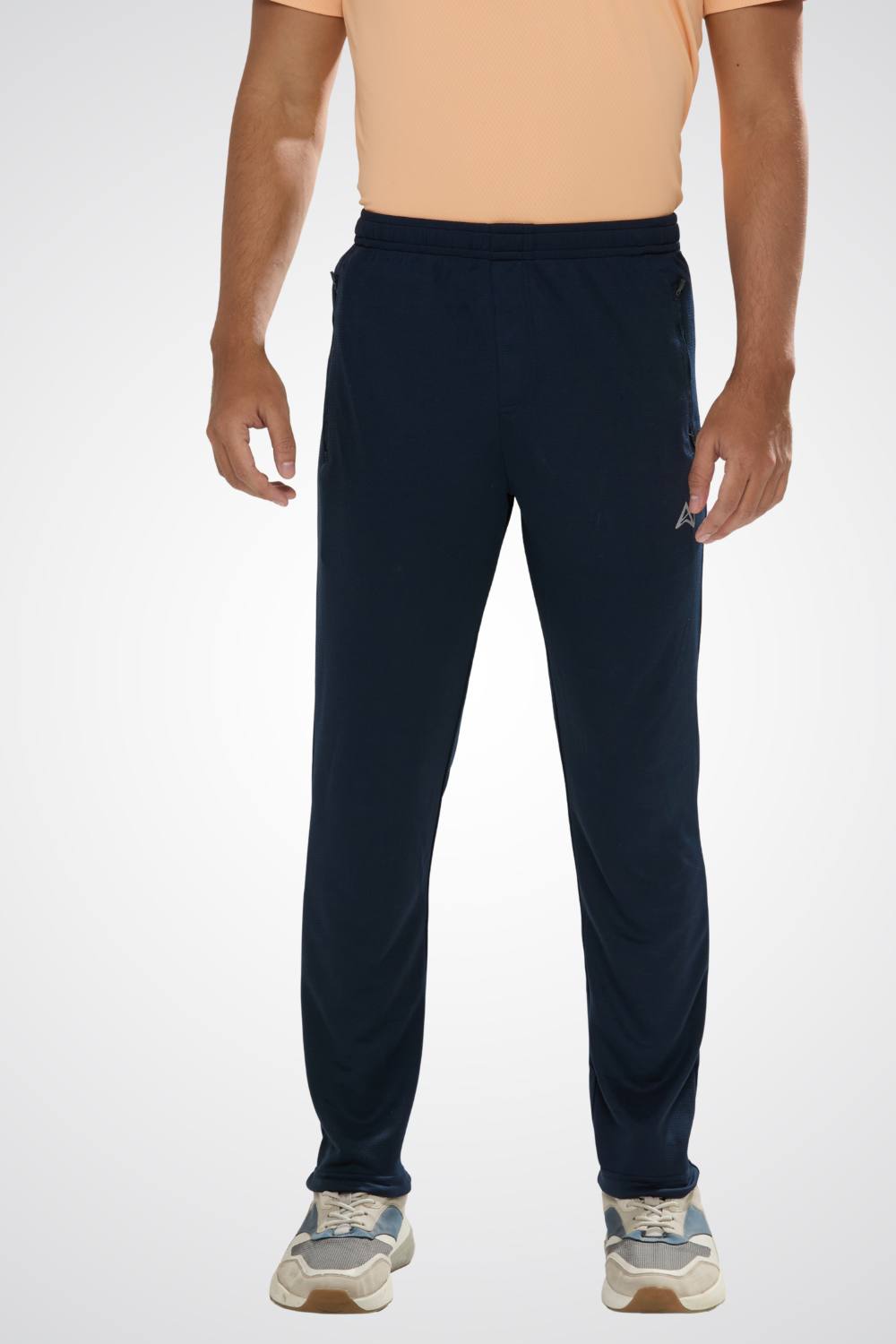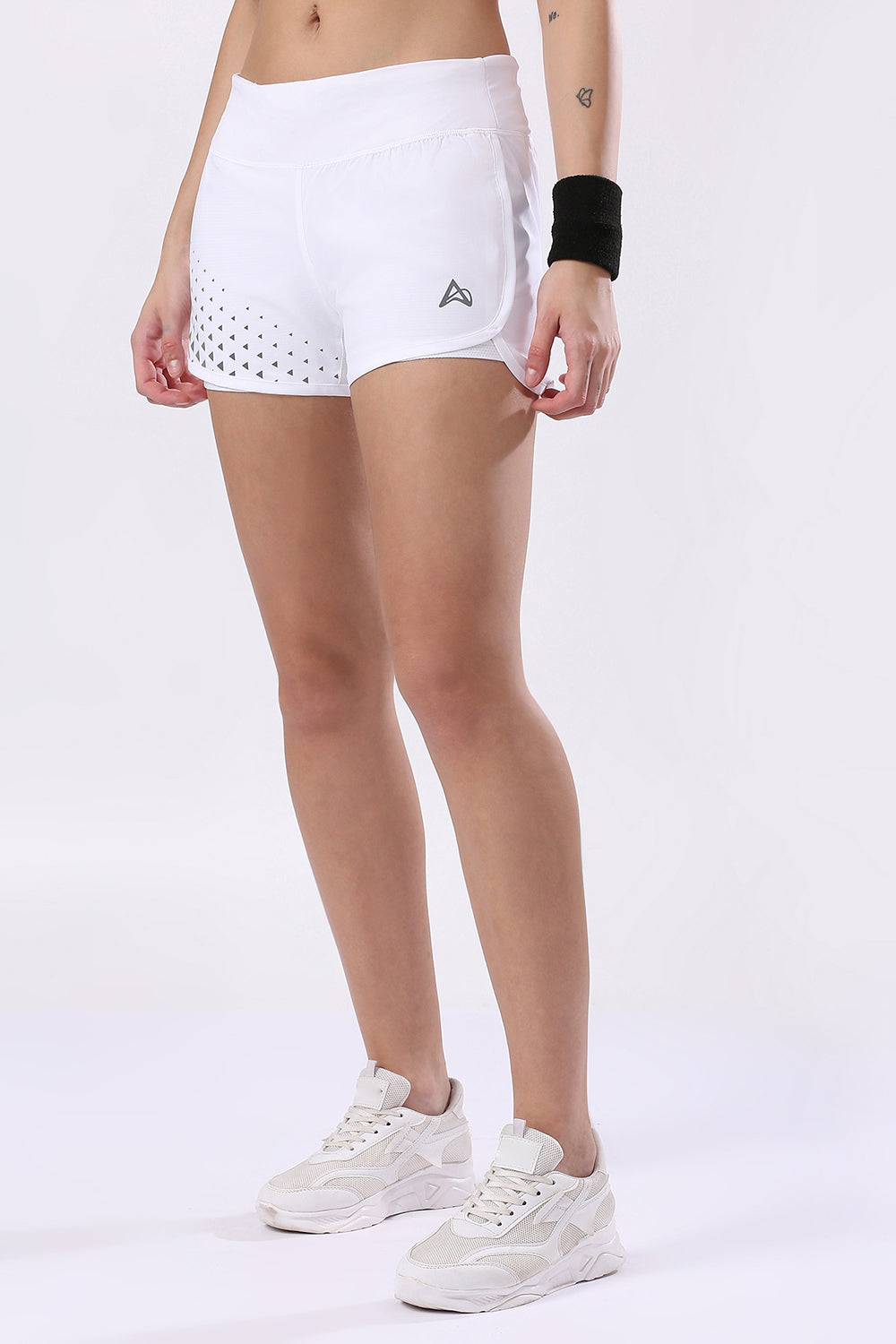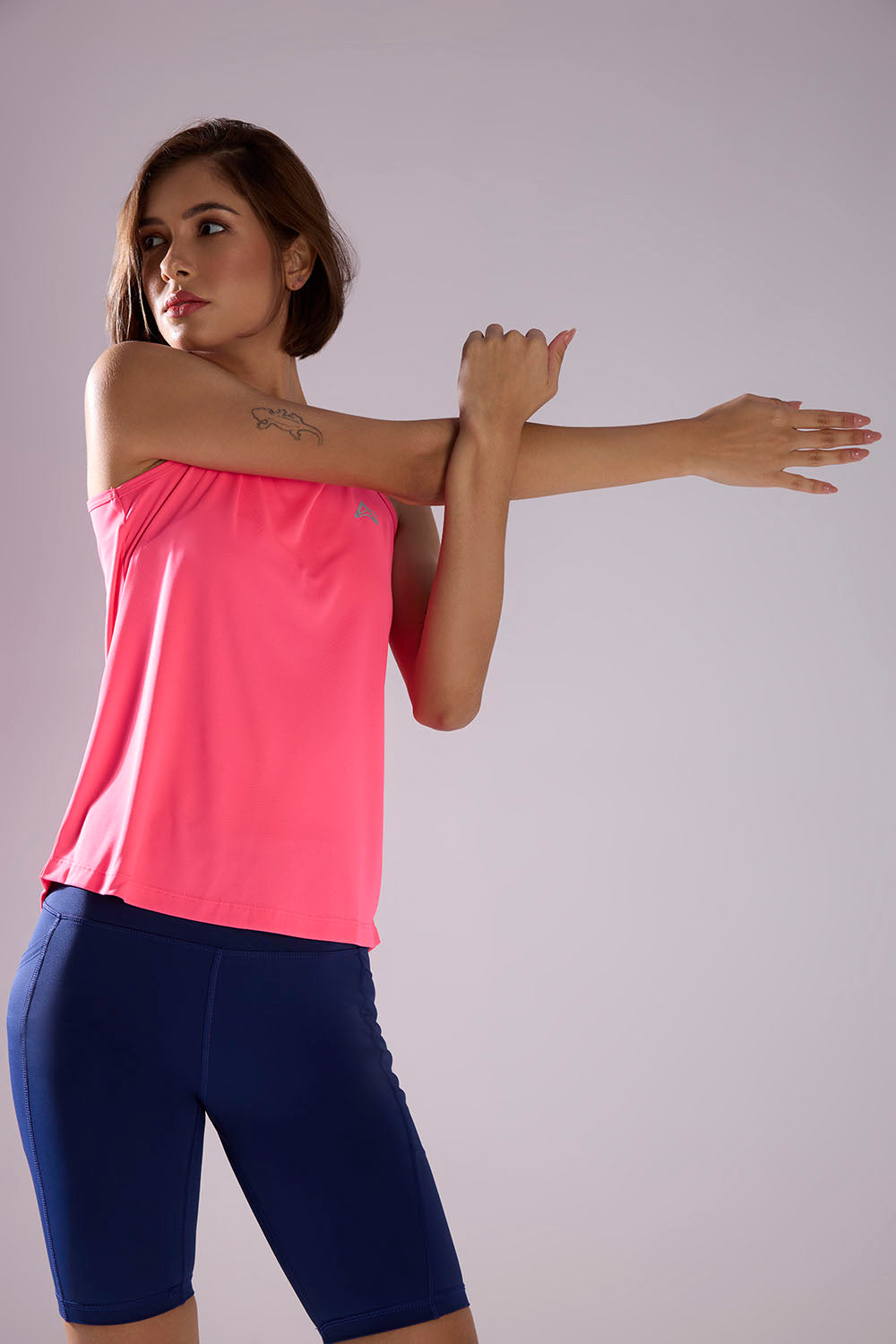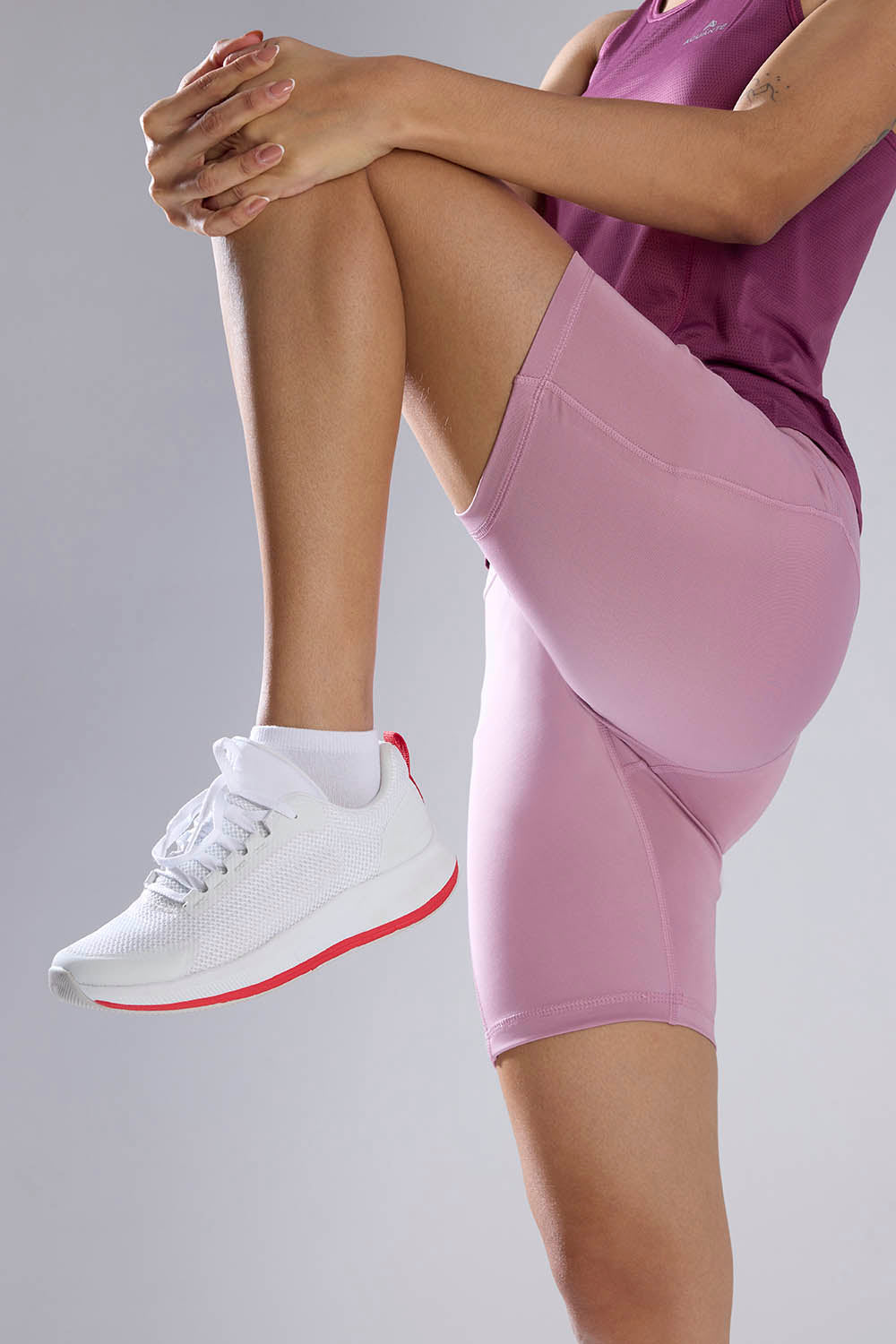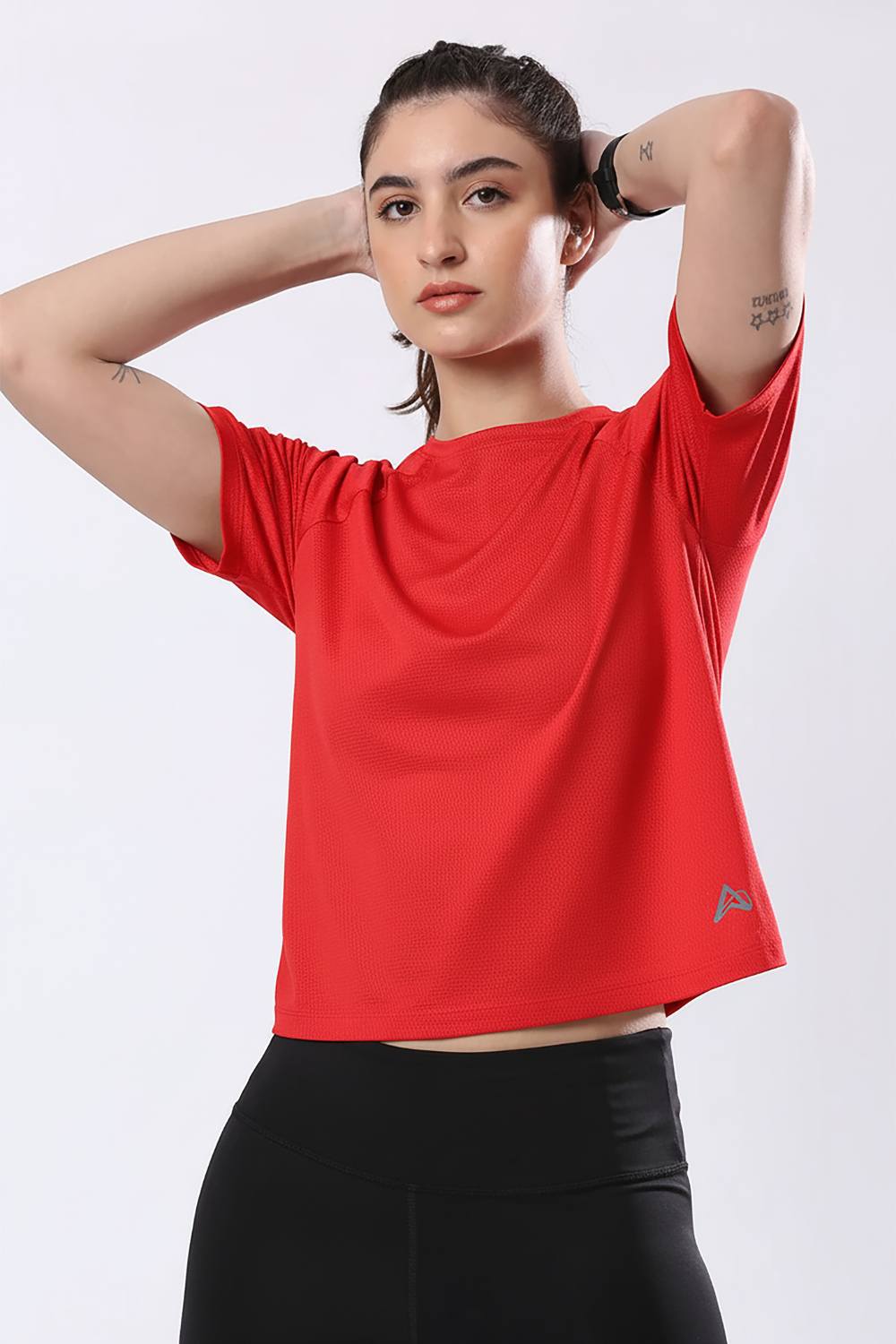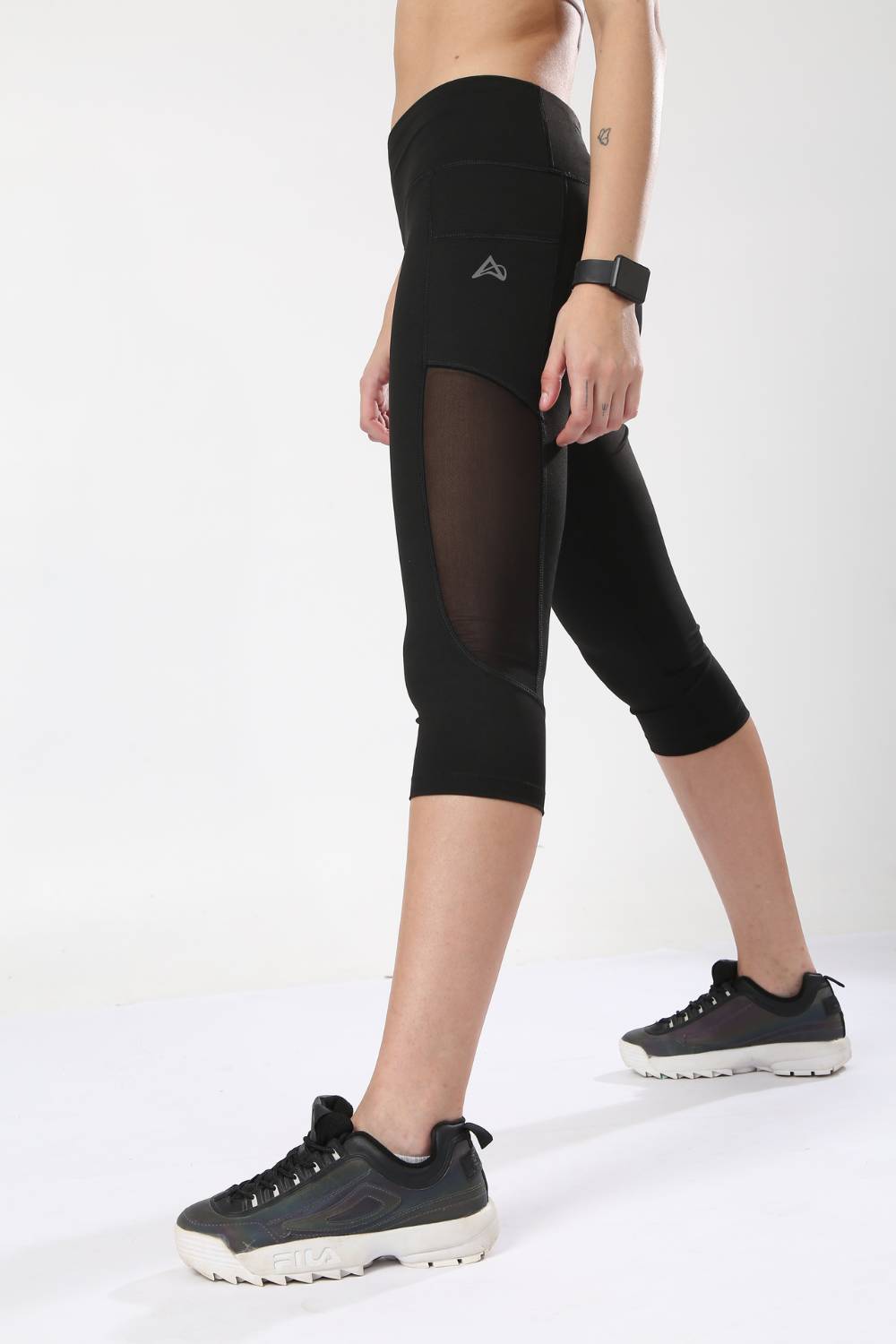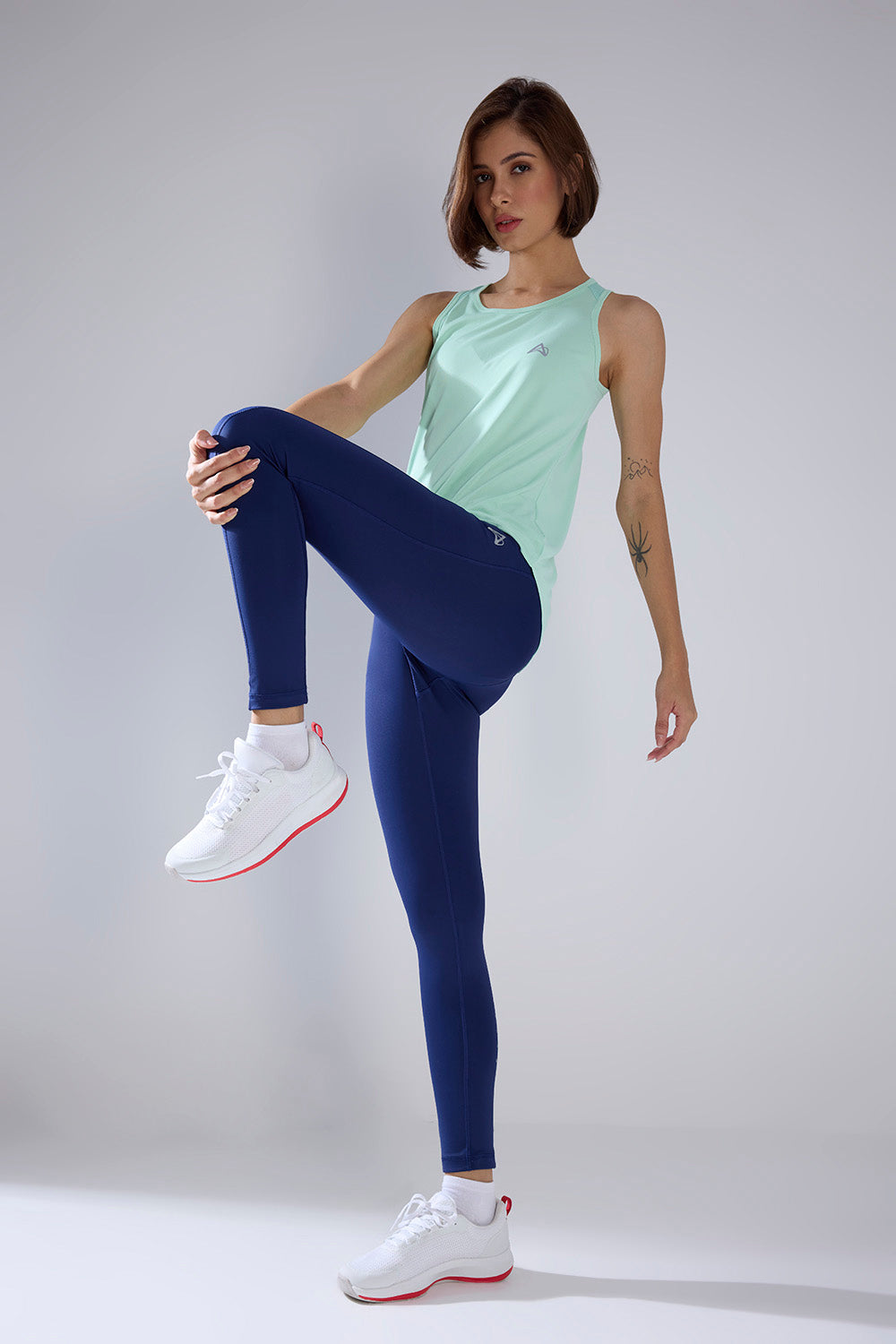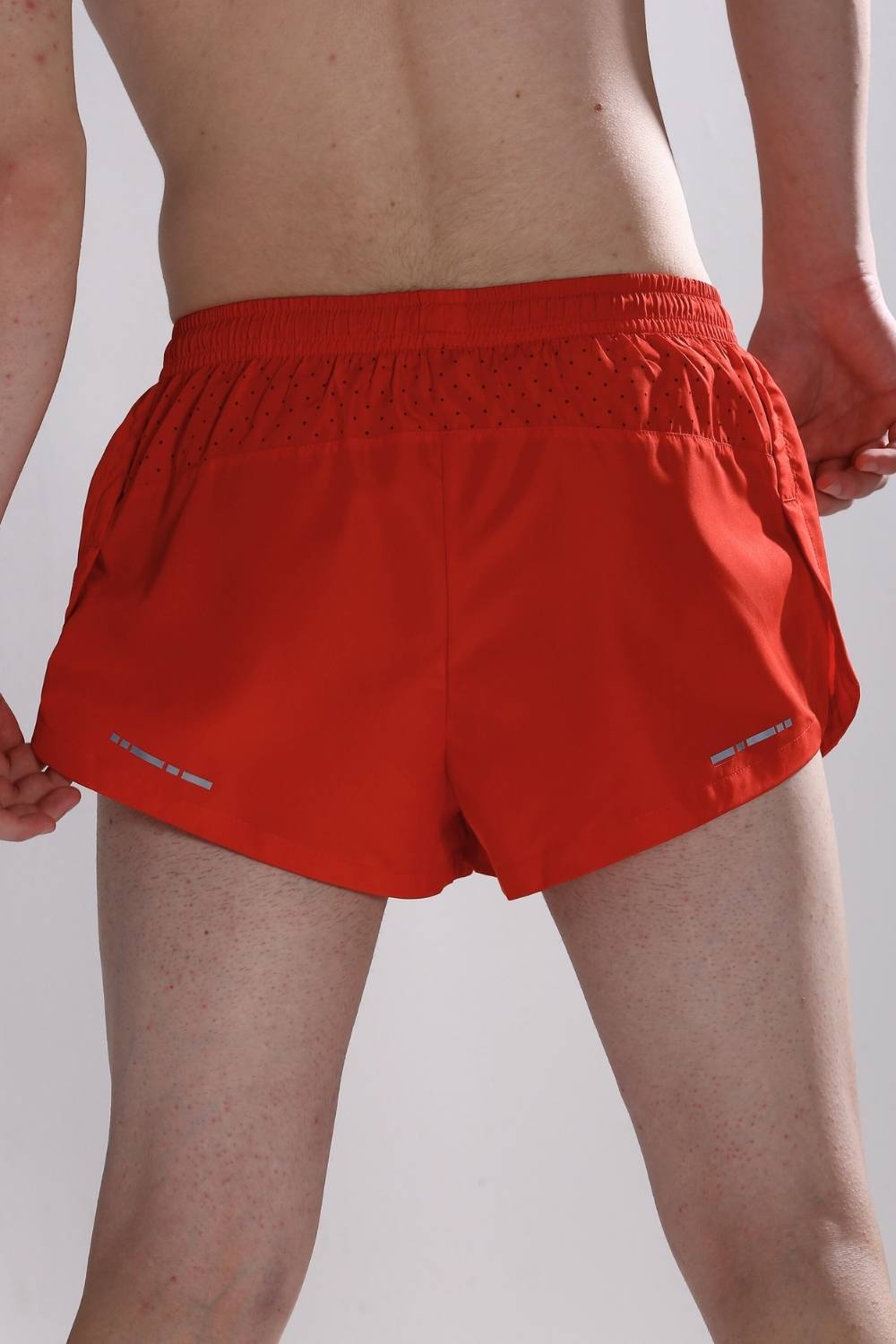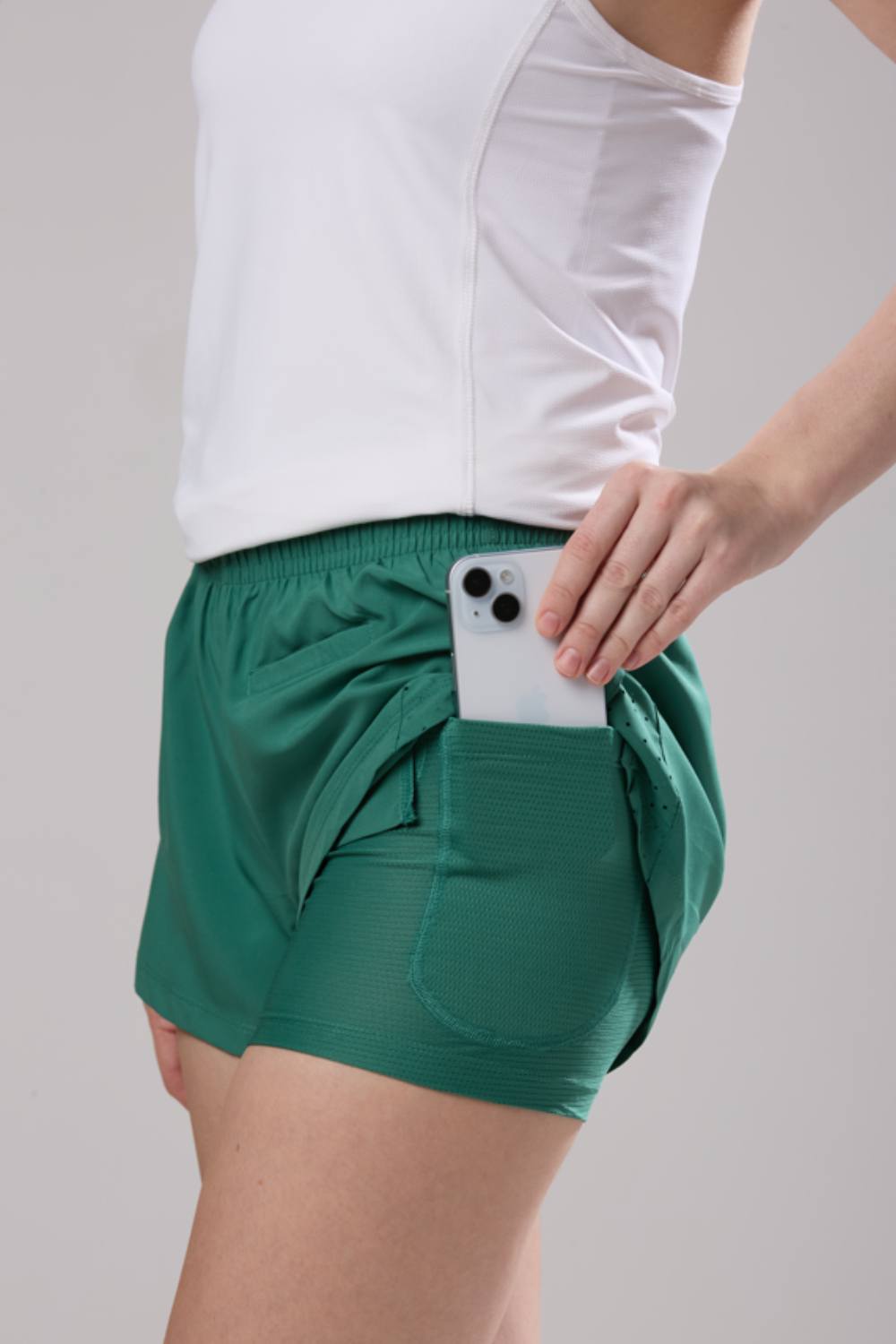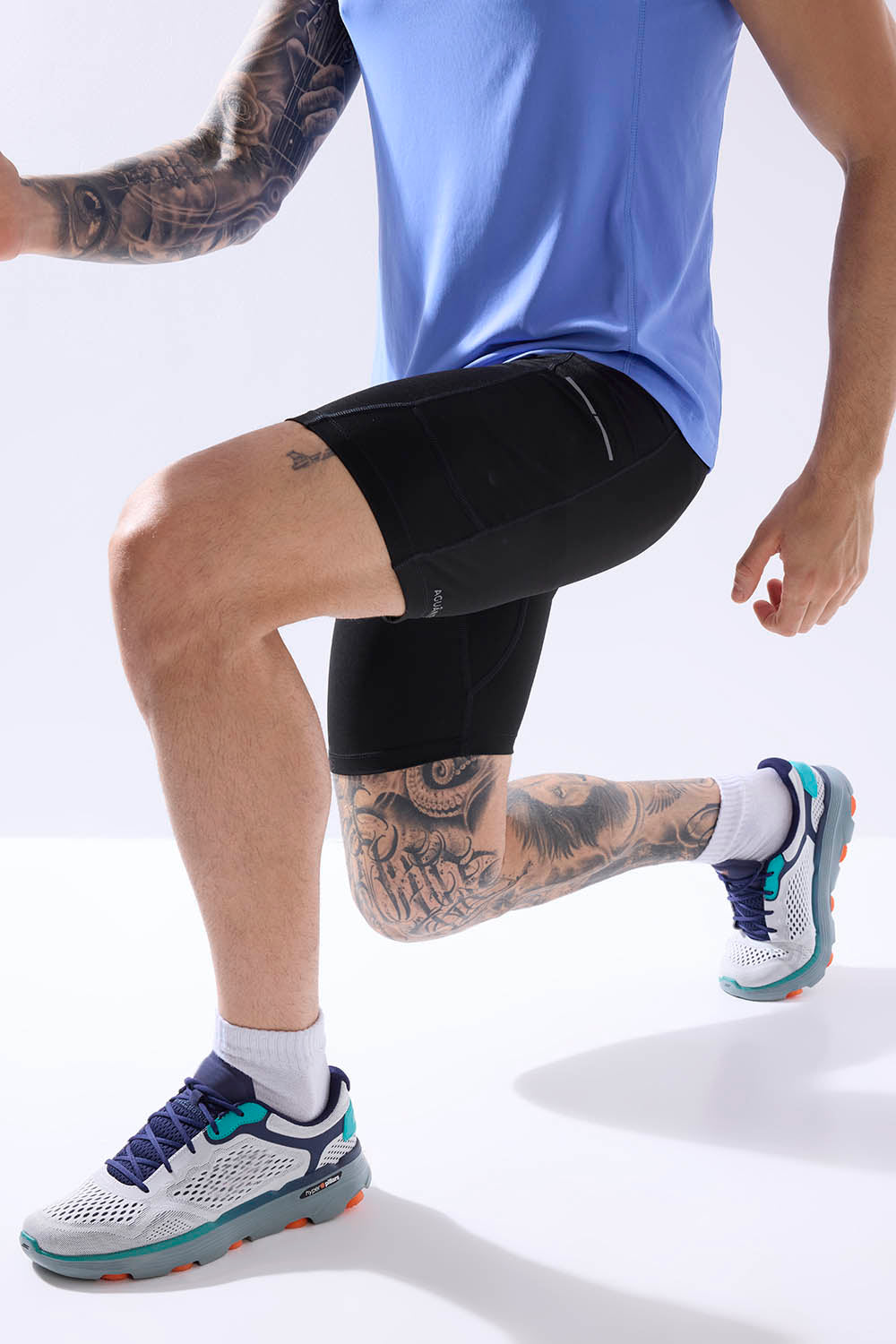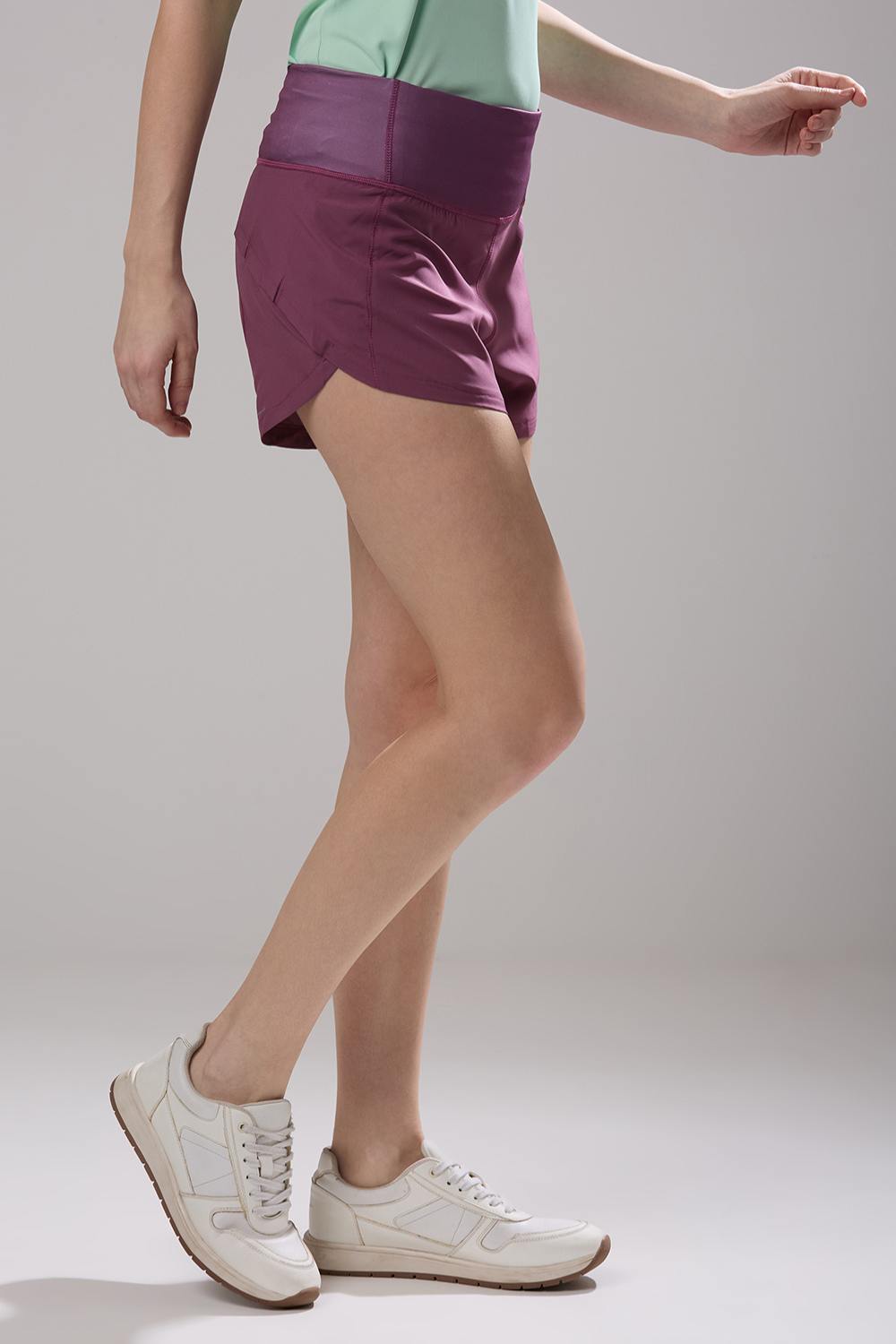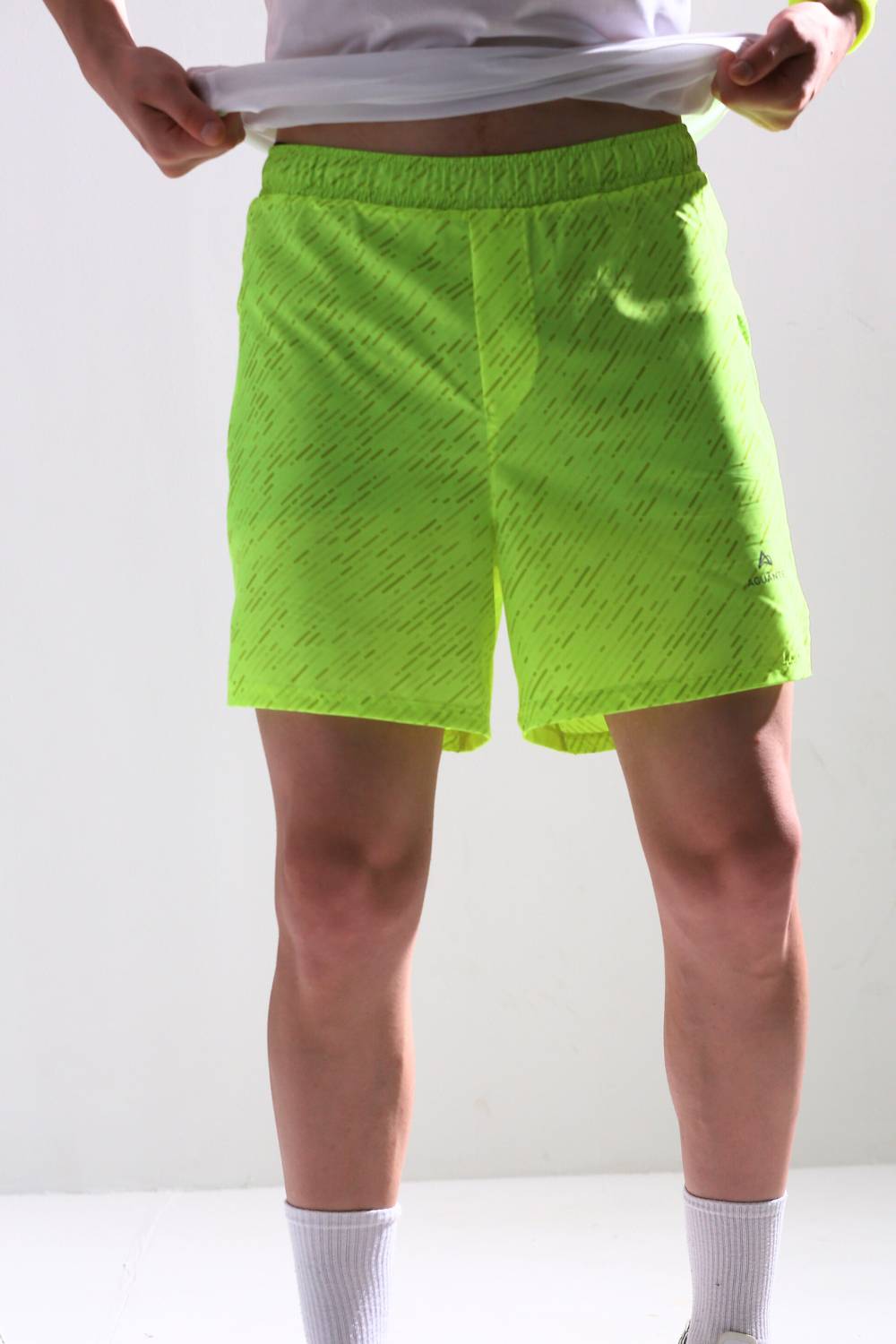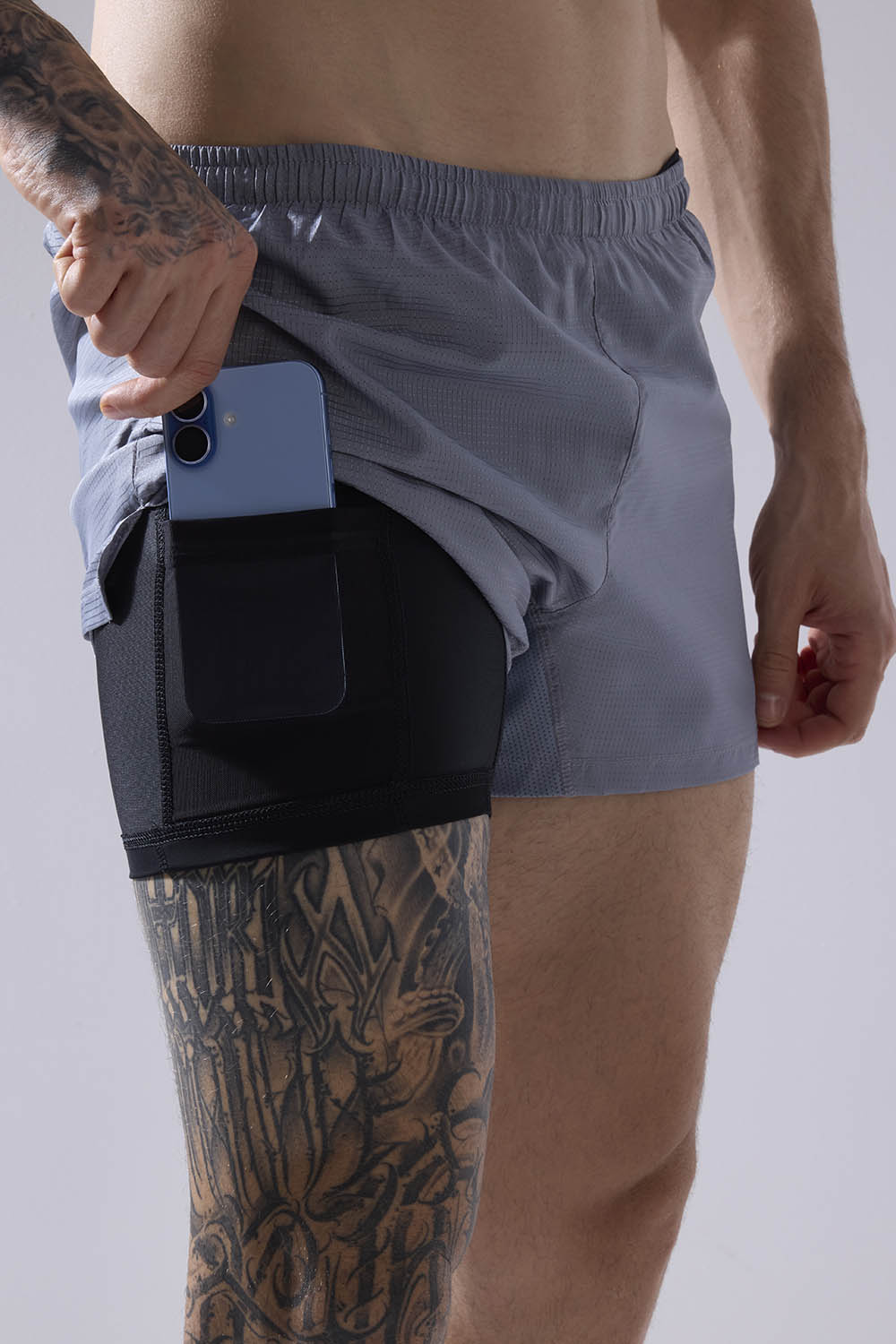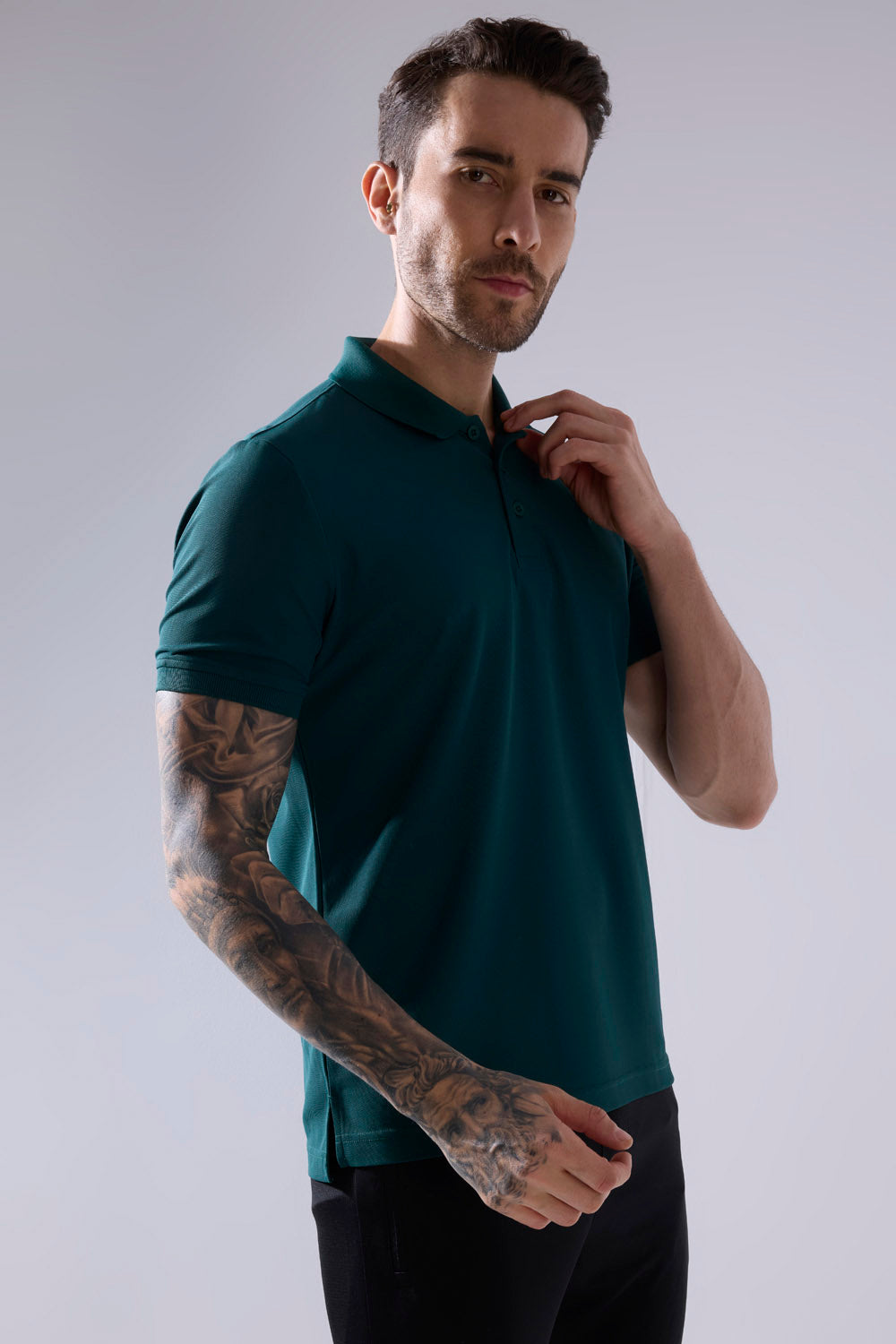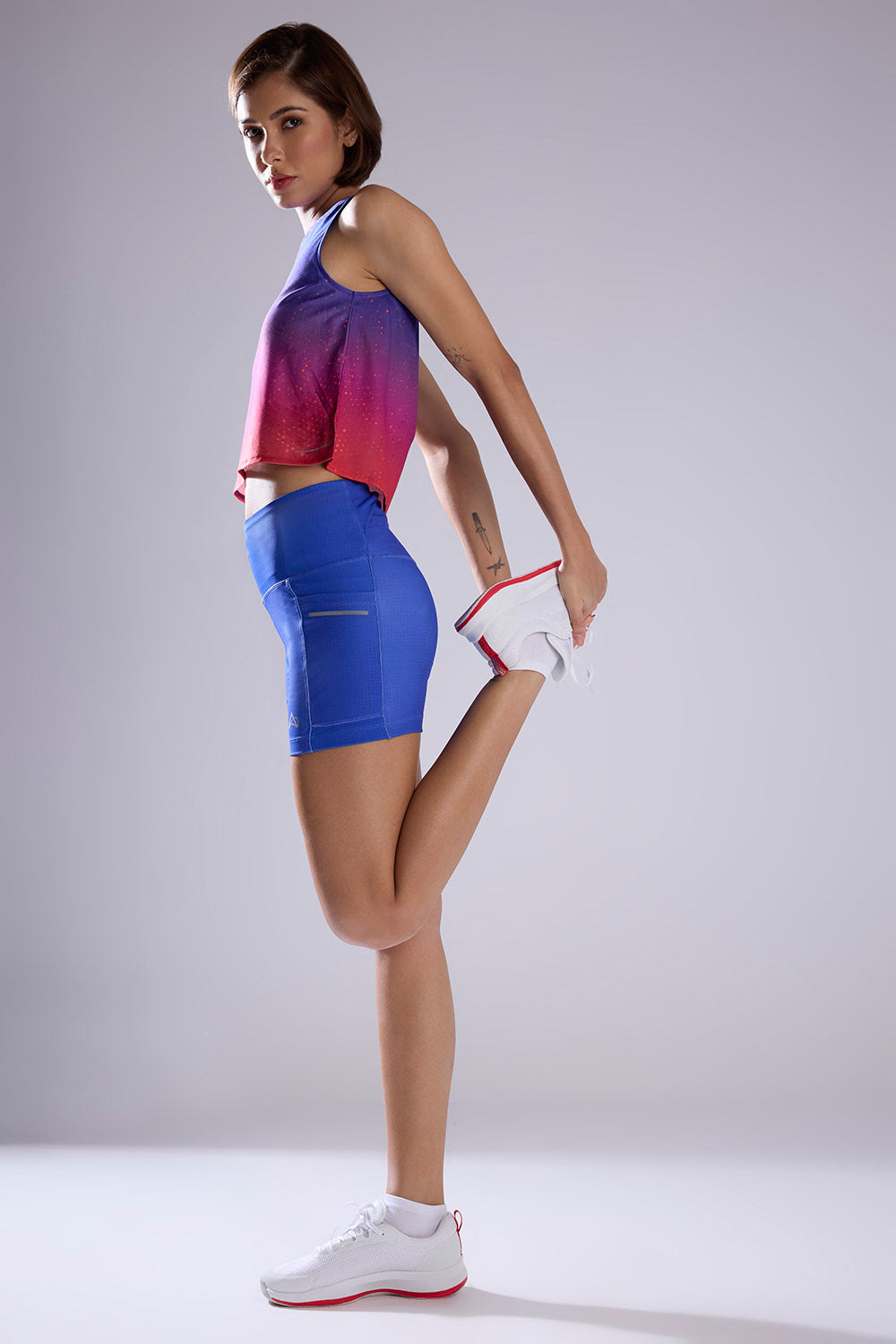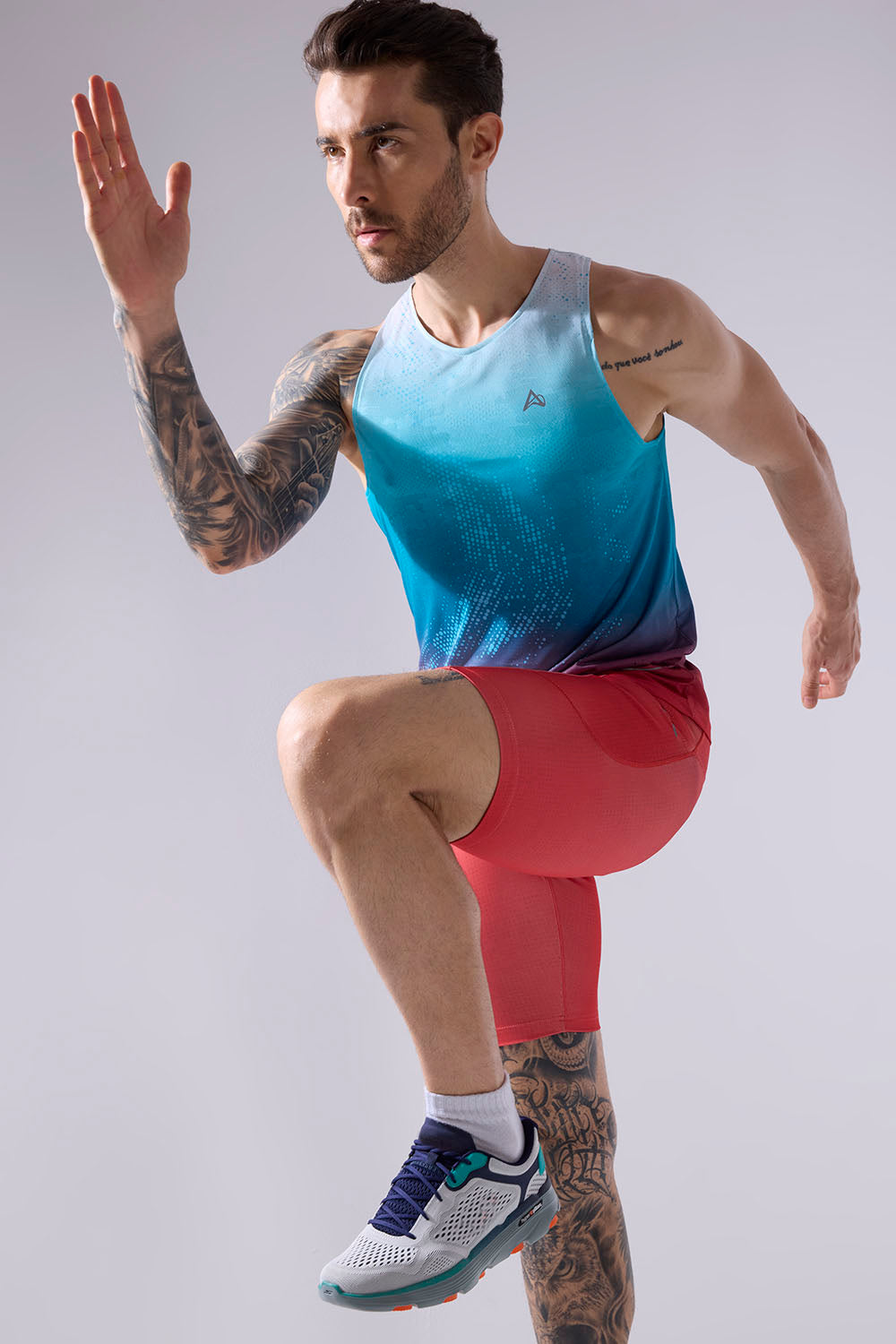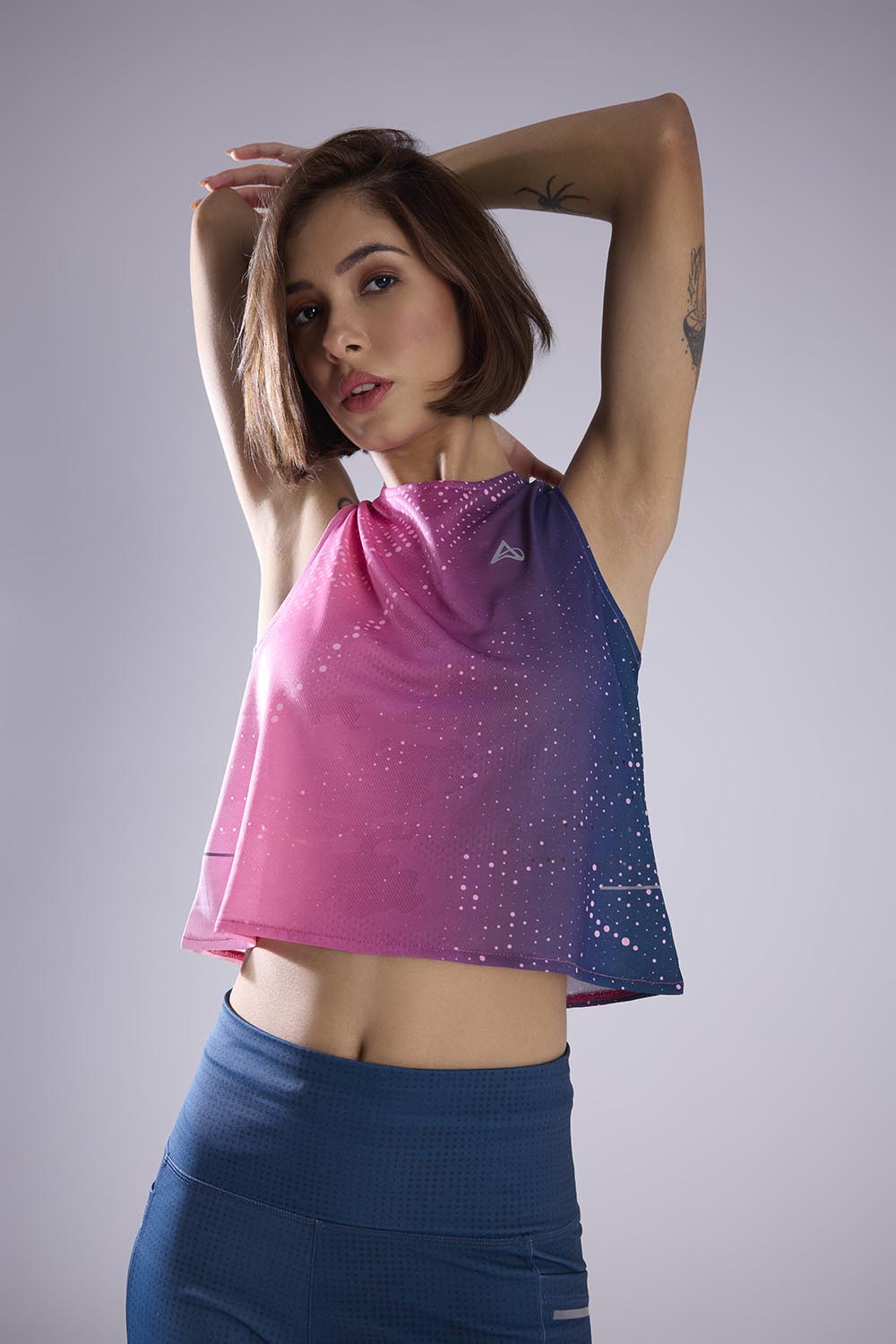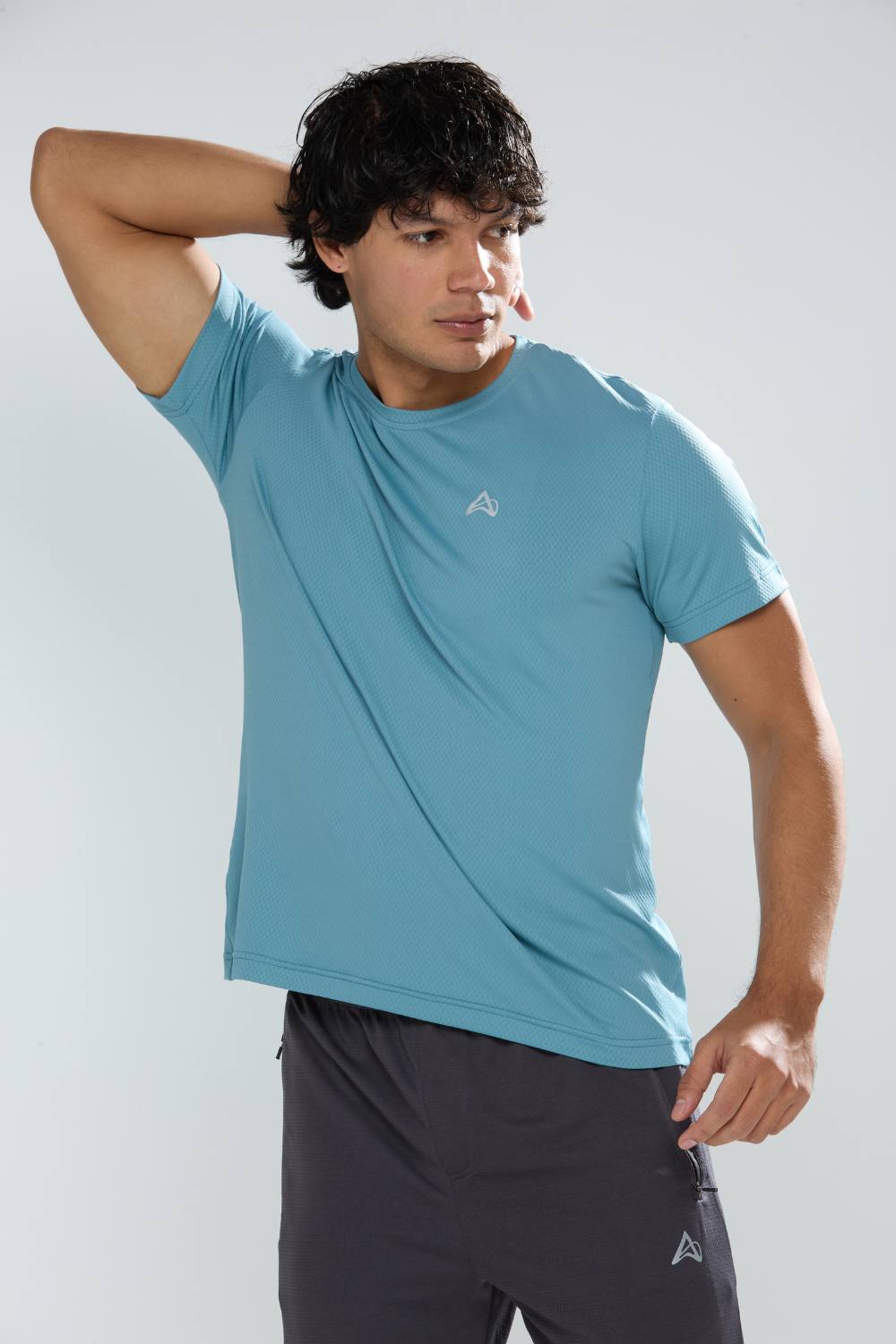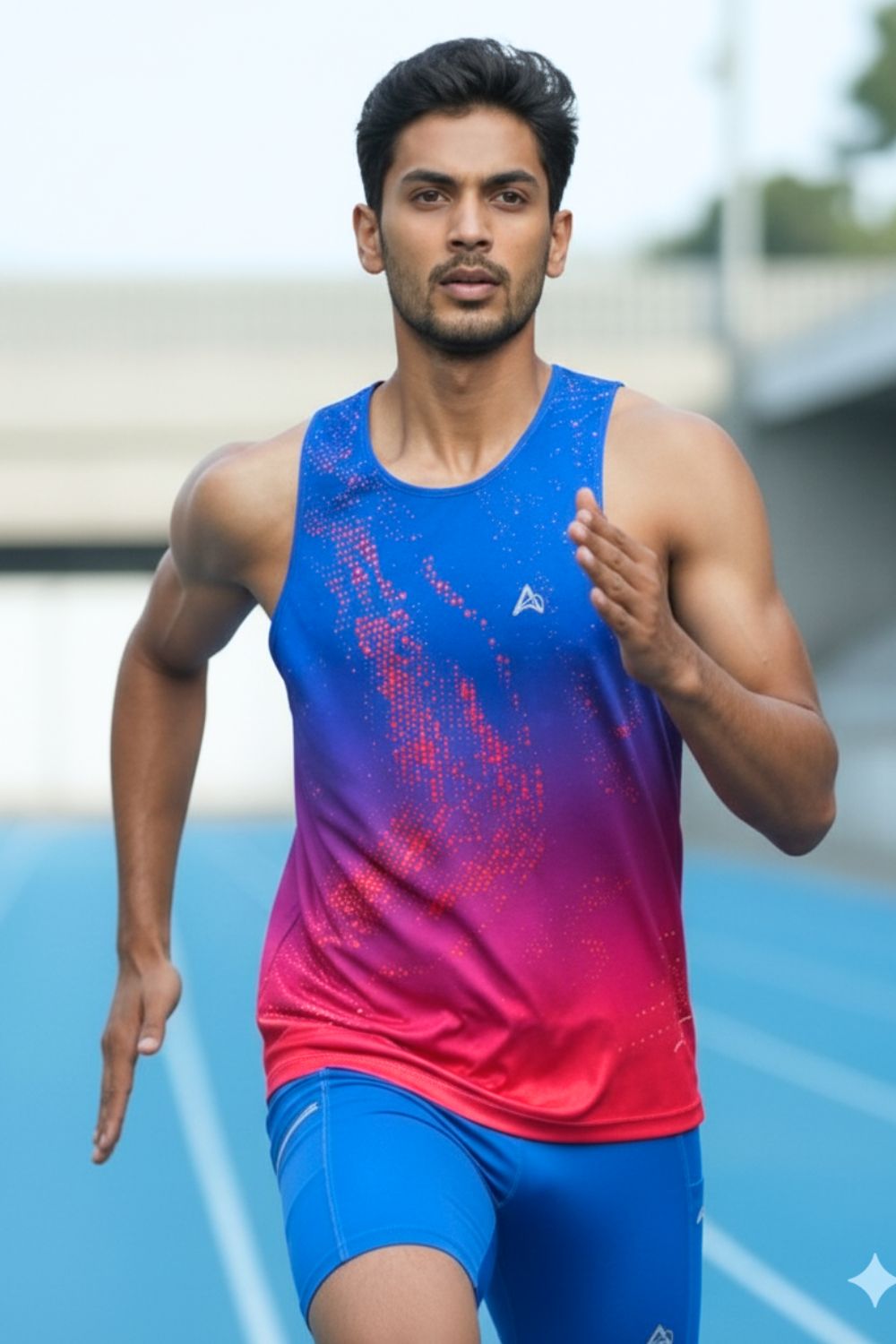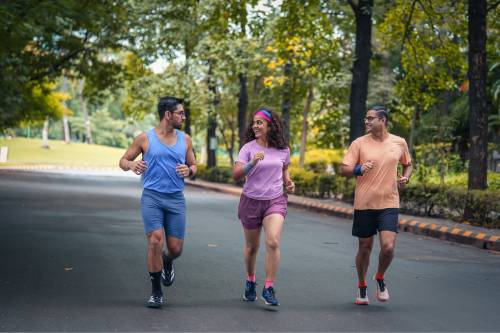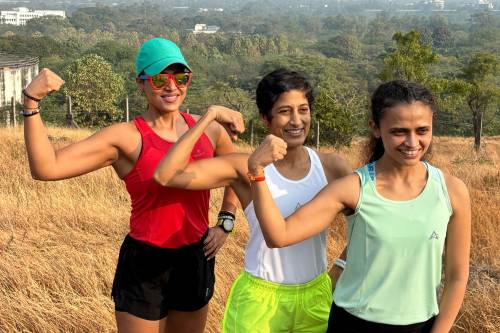Quick Listen:
Imagine pounding the pavement at sunrise in Hyderabad's hazy heat, where every stride battles rising humidity and uneven sidewalks that demand unwavering focus. Or picture navigating Mumbai's chaotic coastal paths, dodging puddles from an unexpected shower while sweat soaks through your shirt. For runners in these bustling Indian hubs from Pune's undulating hills to Delhi's smoggy avenues and Gurugram's urban sprawls discomfort can shatter the rhythm of a perfect run. That raw, burning sensation from skin rubbing against skin or fabric? It's more than an annoyance; it's a performance thief. Yet, as gear evolves to combat this, brands attuned to local realities are changing the game, letting athletes chase their limits without the sting.
Explore how innovative anti-chafing features in running apparel boost endurance and ease for runners tackling India's diverse climates, from Surat's sultry air to Ahmedabad's arid stretches and Navi Mumbai's salty breezes.
Tired of gear that slows you down? Chafing, soggy fabrics, and missing pockets kill your run's momentum. At Aguante, we're runners who get it. Our high-performance activewear features moisture-wicking fabrics, ergonomic designs, and smart storage to keep you focused. Shop Now!
The Importance of Comfort in Running Gear
At its core, running demands more than sheer willpower it's about harmony between body and environment. Discomfort disrupts this, turning potential triumphs into grueling tests. In India's varied terrains, where scorching summers in Bangalore amplify sweat and monsoons in Pune add slick challenges, ill-fitting gear exacerbates issues. Chafing, that irritating friction-born rash, often strikes inner thighs, armpits, or other vulnerable spots, intensified by heat-induced swelling and moisture.
As temperatures climb, skin responds by sweating profusely and expanding slightly, heightening the risk of uncomfortable rubbing. Dermatologist Dendy Engelman notes that friction arises when skin contacts itself or clothing during activities like running, walking, or cardio, leading to weakened skin layers. This insight underscores why preventive designs matter, especially in humid hotspots like Mumbai or Hyderabad, where runners face constant moisture buildup.
Anti-chafing activewear counters this with seamless linings and fabrics that minimize irritation. Brands crafting for Indian runners incorporate moisture-wicking materials that pull sweat away, reducing friction's grip. Secure pockets prevent bounce, reflective accents aid visibility on dimly lit Delhi roads, and fits honed by local athletes ensure freedom of movement. Aguante embodies this approach, designing gear for Indian bodies and conditions heat, humidity, unpredictable paths at prices that feel fair, blending homegrown ingenuity with top-tier quality to keep distractions at bay and performance soaring.
Beyond basics, comfort fuels mental resilience. When gear aligns seamlessly, runners in Gurugram's corporate circuits or Surat's community trails maintain focus, logging extra kilometers without pausing for adjustments. This isn't just about enduring; it's about thriving in environments that test limits daily.
Emerging Trends in Anti-Chafing Activewear
The activewear landscape shifts rapidly, with anti-chafing innovations leading the charge. Born from the athleisure trend, this style merges athletic functionality with leisure appeal, featuring items like yoga pants, leggings, hoodies, and shorts worn beyond workouts. Emerging in the mid-2010s from yoga pant's surge, athleisure offers versatile, fashionable options, growing the market from US$155 billion in 2018 to projections over US$842 billion by 2028 at a 10.33% CAGR. By 2021 in Canada, it claimed over a third of apparel sales, hinting at global momentum, including India's fitness boom.
In anti-chafing specifics, shorts designed to prevent irritation see explosive growth. The global anti-chafing shorts market stood at USD 1.2 billion in 2023, eyeing USD 2.5 billion by 2032 with an 8.2% CAGR from 2024 onward. Key drivers include heightened skin health consciousness, booming outdoor pursuits, and obesity's rise, all demanding protective apparel for activities like running or hiking. Asia-Pacific leads with a 10% CAGR, powered by India's and China's health surges and disposable income growth.
Another report values this market at USD 650 million in 2024, forecasting USD 1.2 billion by 2033 at 7.5% CAGR from 2026. Trends spotlight sustainable fabrics, athleisure integration, and customizable features like adjustable fits. Consumers crave breathable, moisture-wicking designs that curb friction during extended motion, appealing to fitness enthusiasts in Bangalore or Pune who blend gym sessions with daily life.
Complementary products like creams follow suit. The anti-chafing cream market hit USD 450 million in 2024, projected to USD 700 million by 2033 at 6.2% CAGR from 2026. Wellness and athleisure trends fuel this, with creams creating barriers against rubbing and moisture, ideal for hot, humid climates.A parallel analysis indicates steady growth in the market over the coming years, driven by increasing health awareness and fitness trends. The Asia-Pacific region, in particular, is witnessing notable momentum due to a rising focus on wellness and active lifestyles..
These advancements seamless edges, antimicrobial treatments, UV safeguards cater to Indian runners facing unique hurdles. On platforms like Instagram, Facebook, and YouTube, communities share how such gear transforms runs in Ahmedabad's heat or Navi Mumbai's winds, blending style with substance for everyday athletes.
Real-World Examples and Case Studies
In India's running scenes, anti-chafing gear shines through lived experiences. Mumbai's marathoners, battling coastal humidity and crowded routes, once endured chafed skin mid-race, but seamless shorts now let them push boundaries. Instagram profiles like @barefoot_coach_shanth_koushik highlight barefoot endurance in Indian settings, praising linings that ward off irritation during long hauls.
Similarly, @runholic_dev and @fit_kaur23 showcase training in Hyderabad's warmth, where breathable fabrics prevent distractions. @rajesh84parida and @coach_amitkumar emphasize gear's role in humid sessions, aligning with Aguante's runner-tested designs that include anti-chafing elements for distraction-free performance.
Contrast this with standard activewear: loose fabrics chafe in Surat's stickiness, while Aguante's offerings moisture-wicking, reflective, pocket-secure excel. Runners in Gurugram's parks or Delhi's trails report fewer interruptions, crediting local tailoring that fits diverse builds better than foreign brands. This shift fosters consistency, turning casual joggers into dedicated athletes across these regions.
Case in point: Community events in Pune reveal how anti-chafing features reduce dropouts, with participants logging personal records sans pain. On YouTube channels, testimonials underscore the edge in unpredictable terrains, proving that thoughtful design elevates not just runs, but the entire fitness journey.
Key Challenges and Limitations
Despite gains, anti-chafing gear faces obstacles. Durability wanes under India's harsh sun and frequent laundering, with soft fabrics fraying in Delhi's dust or Mumbai's salt air. Balancing gentleness with toughness requires ongoing innovation.
Fit variability challenges inclusivity; not all designs suit every body, risking uneven coverage for diverse runners in Bangalore or Ahmedabad. Pricing poses barriers too premium tech inflates costs, though market expansion signals affordability's rise. Awareness lags in some areas, per reports noting education's role in adoption.
Aguante navigates these by prioritizing resilient, locally sourced materials and iterative testing with Indian athletes. Their affordable models ensure broad access, turning hurdles into advantages for users in Hyderabad's gyms or Pune's tracks, where quality meets practicality without compromise.
Other limits include competition from alternatives like creams, but integrated apparel wins for convenience. As awareness grows, these challenges spur better solutions, benefiting the ecosystem.
Opportunities and Business Impact
India's activewear sector brims with potential, especially for anti-chafing specialists. With marathons multiplying in Mumbai and fitness apps booming in Delhi, demand surges for gear addressing local woes. Asia-Pacific's 10% CAGR in shorts signals ripe expansion, driven by health trends and incomes.
For brands like Aguante, differentiation lies in India-specific designs humidity-resistant, chafe-proof that build loyalty. Social media amplification on Instagram, Facebook, and YouTube spreads stories, enhancing visibility among Surat's joggers or Navi Mumbai's groups.
Business-wise, this cultivates repeat buyers, as comfortable runs encourage consistent training. Affordable pricing democratizes access, positioning Aguante as a leader in a market where innovation meets need, fostering growth and community ties.
Opportunities extend to partnerships with influencers like those on the listed profiles, amplifying reach. Ultimately, these elements drive not just sales, but a cultural shift toward empowered running.
Future Outlook and Expert Insights
The horizon for anti-chafing tech gleams with promise adaptive fabrics sensing moisture, eco-materials reducing environmental footprints. As athleisure evolves, integrating lingerie-like comfort with athletic prowess, markets project sustained growth, with creams and shorts expanding regionally.
Experts like Engelman stress friction prevention's vital role in averting chafing's toll, especially in swelling-prone heat. For India, this means gear evolving to match monsoons and deserts alike, minimizing injuries and maximizing enjoyment.
Aguante's commitment to breathable, anti-chafing innovations positions it to influence this future, tailoring for Indian runner's realities. In essence, superior design doesn't just aid performance it redefines what's possible, one unhindered step at a time. As India's running culture flourishes, such advancements promise a pain-free path forward, inspiring generations to lace up and conquer.
Frequently Asked Questions
What are the latest trends in anti-chafing running gear?
Emerging trends include sustainable, breathable fabrics, adjustable fits, and athleisure-inspired designs that blend performance with everyday style. Indian brands like Aguante are also incorporating reflective accents, bounce-free pockets, and affordable price points to meet the needs of local runners training across urban terrains.
What is anti-chafing activewear and how does it help runners?
Anti-chafing activewear is designed with seamless linings, moisture-wicking fabrics, and ergonomic fits to reduce friction between skin and clothing. For runners in hot, humid cities like Mumbai or Hyderabad, this gear prevents painful irritation, allowing for longer, more comfortable runs with fewer distractions.
Why is anti-chafing design important in running gear for Indian climates?
India's diverse climates ranging from Punes monsoons to Banglore heat amplify sweat and skin swelling, increasing the risk of chafing. Anti-chafing designs, such as breathable shorts and seam-free apparel, help runners maintain performance by preventing rashes, irritation, and discomfort on long-distance runs.
Disclaimer: The above helpful resources content contains personal opinions and experiences. The information provided is for general knowledge and does not constitute professional advice.
You may also be interested in: Choosing Running Gear for India's Urban Environments
Tired of gear that slows you down? Chafing, soggy fabrics, and missing pockets kill your run's momentum. At Aguante, we're runners who get it. Our high-performance activewear features moisture-wicking fabrics, ergonomic designs, and smart storage to keep you focused. Shop Now!
Powered by flareAI.co

